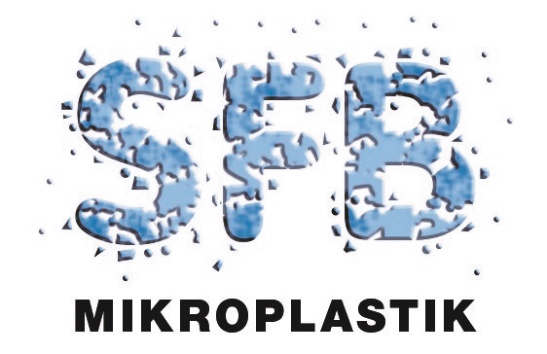News
New CRC 1357 Publication Water, Air, & Soil Pollution
12.04.2021

How long do nanoplastics remain in sediments? How quickly is nanoplastics transported? Can nanoplastics accumulate permanently? What factors are relevant for transport and accumulation? Taotao Lu and his co-authors Benjamin Gilfedder, Hao Peng, Stefan Peiffer, Georg Papastavrou, Katharina Ottermann and Sven Frei investigated this question in a laboratory column experiment.
50 nm fluorescent polystyrene particles were used as nanoplastics. The glass columns were filled with quartz sand whose surface was coated with 0, 15, 30 or 45 % iron oxide. The effect of iron oxide is exciting because it is very common in natural sediments.
Short summary: Iron oxide hydroxide has an effect on the transport speed of nanoplastics. The more iron oxide was present, the slower the nanoplastic was transported in the column experiment.

